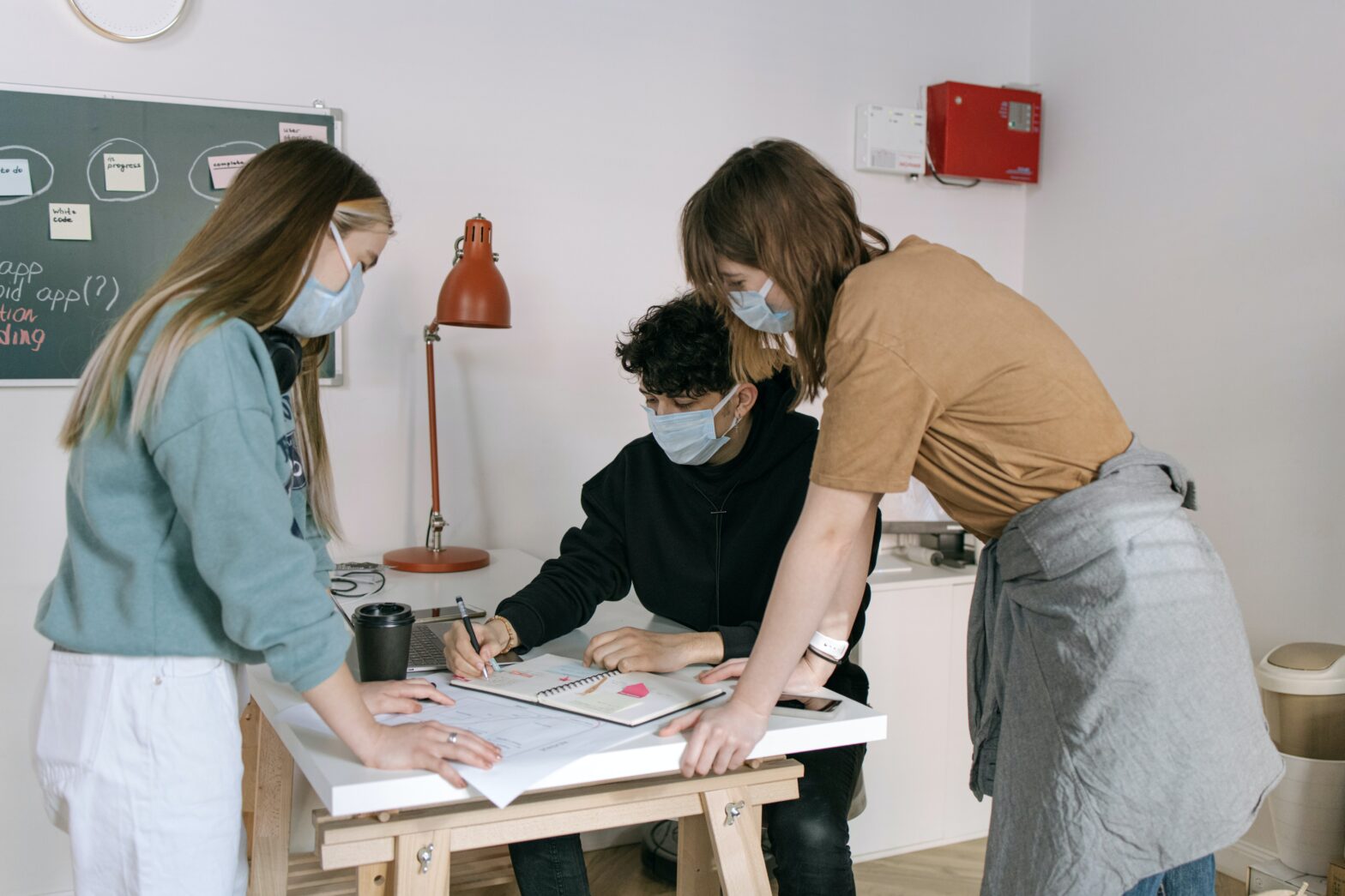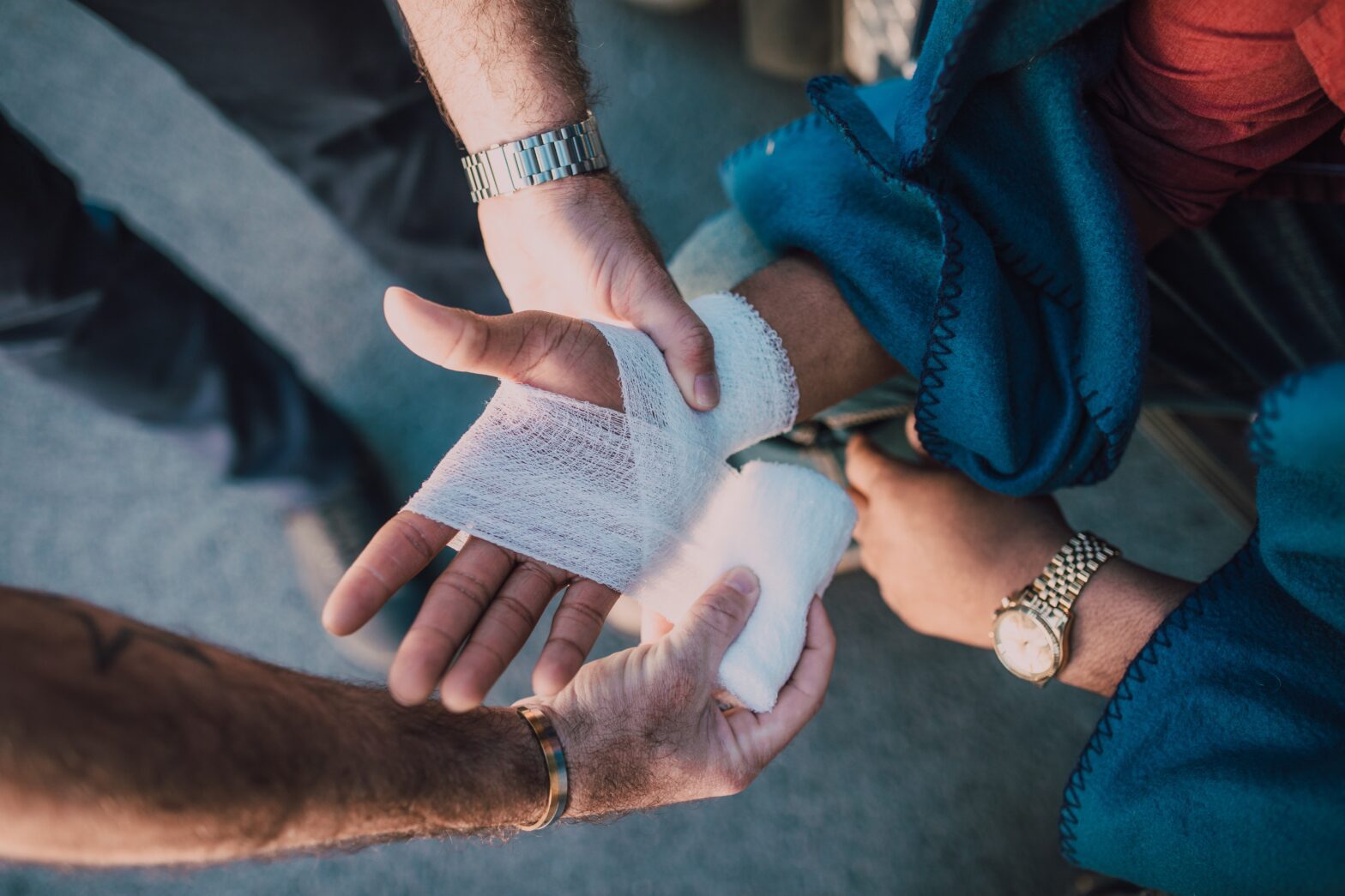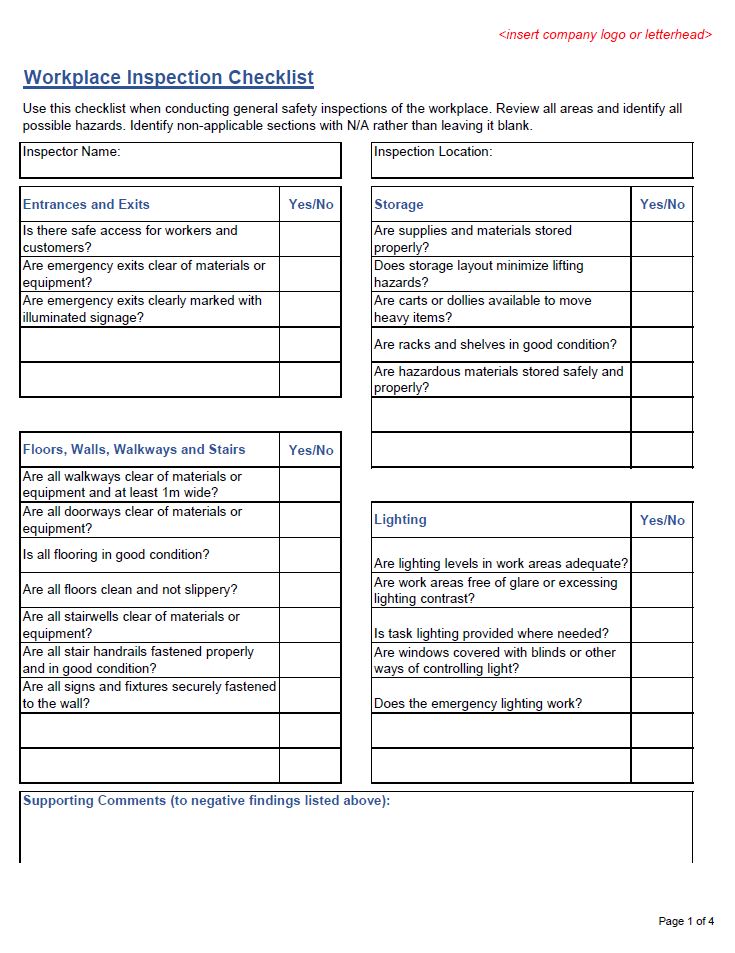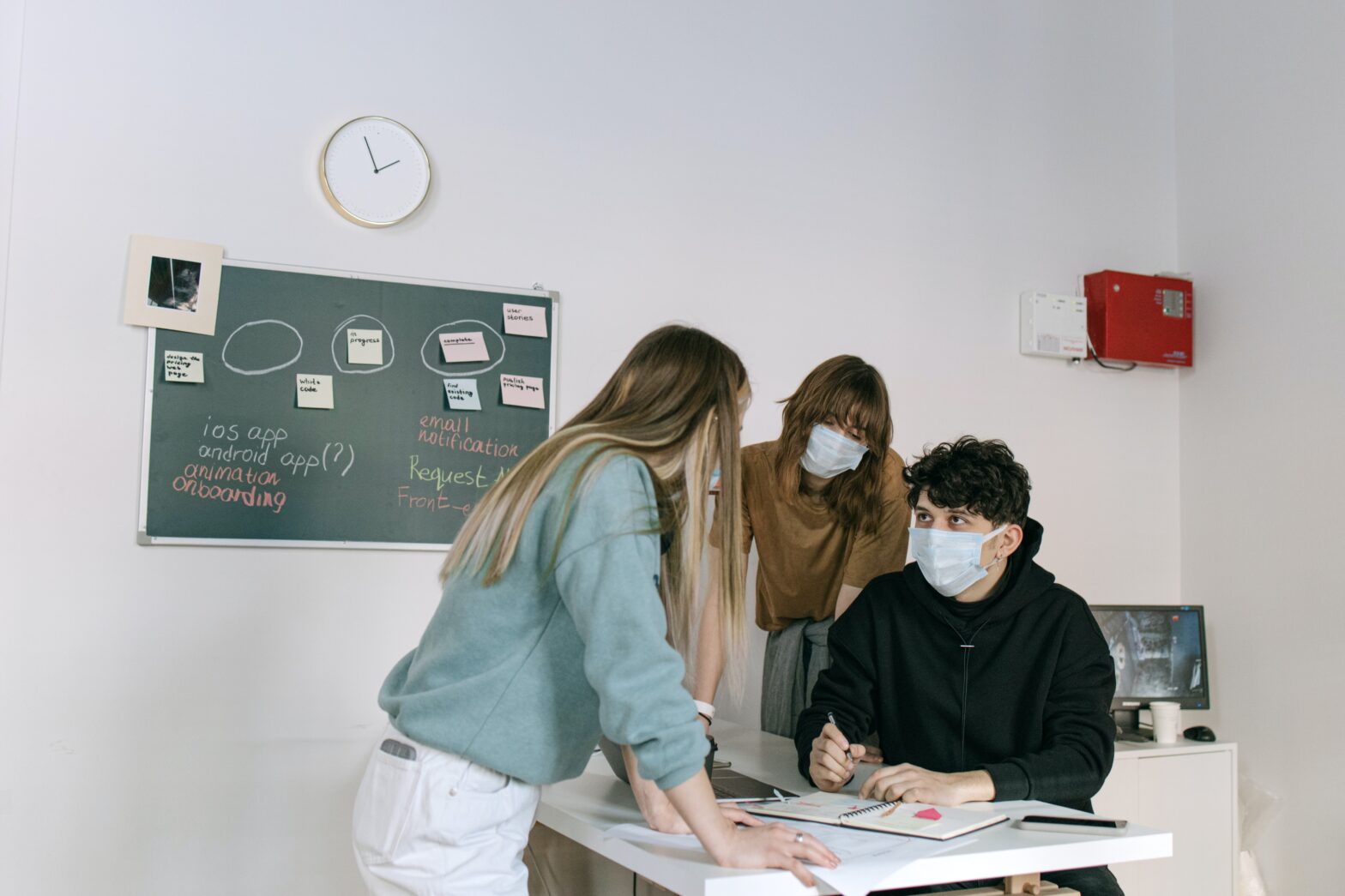Health & Safety

Kitchen Safety Video – Preventing Cuts from Meat Slicers
Kitchen Safety Video – Preventing Cuts from Meat Slicers Kitchen Safety Video – Preventing Cuts from Meat Slicers. Well-known executive B.C. chefs share their real-life perspectives on the importance of kitchen safety and offer lessons from their own experiences. go2HR is BC’s tourism & hospitality, human resources and health & safety association driving strong workforces… Continue reading Kitchen Safety Video – Preventing Cuts from Meat Slicers

Hotel and Accommodation Resources
Find the resources for Hotel and Accommodation here.

COR Health and Safety Program Toolkit
An effective occupational health and safety (OHS) program encompasses effective management leadership, a firm commitment to the program by all involved and a willingness to continually improve the workplace safety culture.
Offer Employee Benefits to Stay Competitive in Labour Market
BC’s tourism businesses will experience incredible growth in the next decade. However, industry-wide staffing shortages also loom ahead, and employers will need to work hard to lure top prospects into the field. Attracting quality workers from other industries means that you’re now competing for job candidates not just with your closest rival, but also with employers from other sectors.

How to Engage Your Hire Before They Start
In the HR and management world, we often discuss employee engagement — how to improve it, the detriments of low employee engagement levels and the difference an engaged workforce can have on a business’ bottom line.

Provide First Aid
More than a box stuffed with bandages and gauze, first aid is immediate care given to anyone with a physical or psychological injury or illness. This section will help you create a robust first aid policy and supporting procedures for your business.
Know How Your Employees Learn
None of us learn the same way. Some of us prefer learning from a textbook. Others enjoy the hands-on approach. No matter what, we all respond differently to learning.

Investigate Incidents
Workplace incidents happen, and the key is responding effectively to prevent future occurrences. By conducting thorough investigations, identifying root causes, and taking corrective actions, employers can create a safer work environment while meeting WorkSafeBC reporting requirements.

Workplace Inspection Checklist
This customizable template is used to conduct general workplace inspections. Regulation dictates that workplace inspections need to occur “regularly” and must be documented. Inspections should be reviewed by the joint health and safety committee during meetings. Hazards identified in the inspection can be fixed by assigning tasks and setting reasonable deadlines for completion.

Inspect Your Workplace
Regular workplace inspections help identify and address physical and psychological hazards before they lead to incidents. By using checklists, engaging workers, and focusing on key risk areas, you can create a safer, healthier work environment.